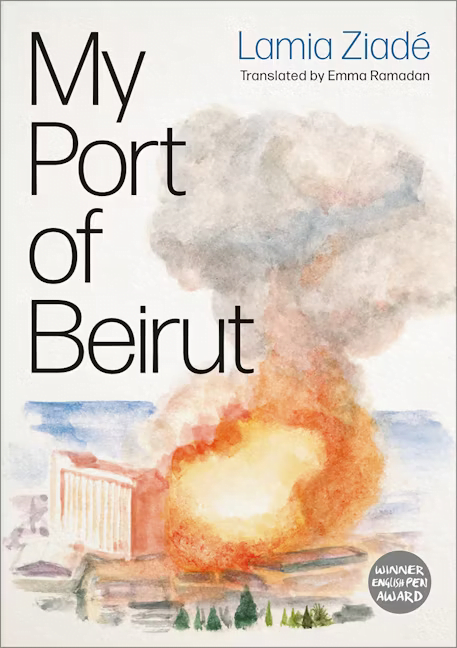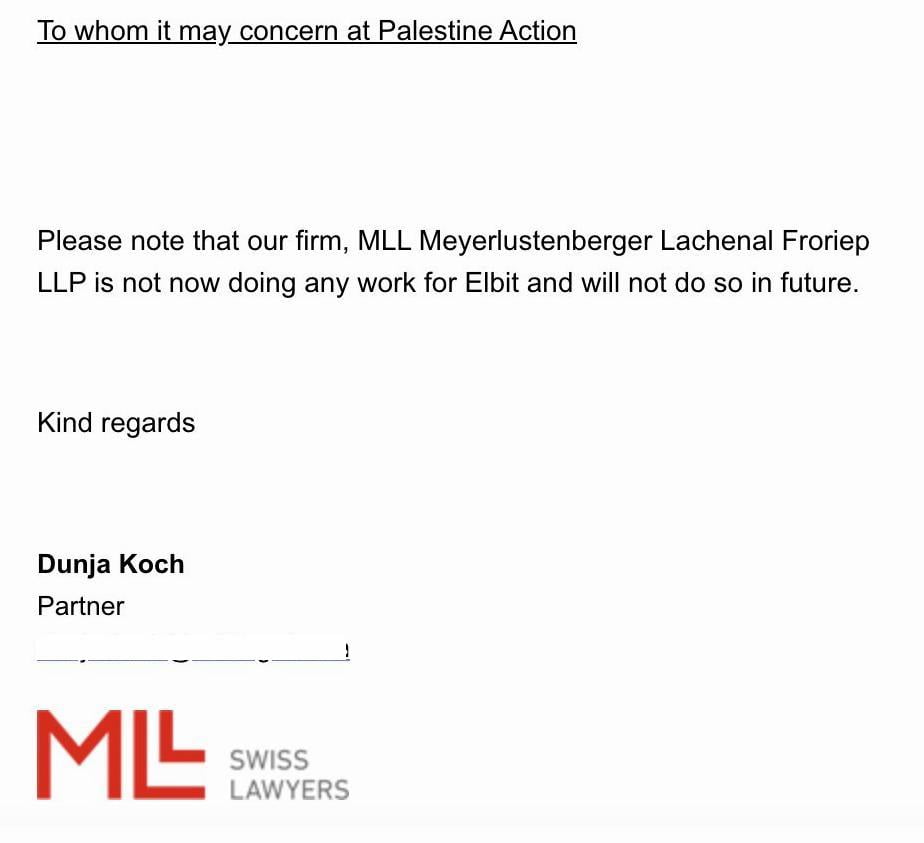“This important and essential volume by Rachel Hsu goes back to the primary sources in an attempt to allow the ideas and actions of Goldman to speak for themselves.”
by Rachel Hui-Chi Hsu
Notre Dame: University of Notre Dame Press
2021
ISBN 9780268200299
$45.
Review by Barry Pateman. It first appeared at the Kate Sharpley Library via the KSL Spring Bulletin.
It is hard not to feel some sympathy for Emma Goldman after her treatment at the hands of some historians and writers. All too often they have filleted her ideas to “prove” their pre-conceived thesis or simply failed to acknowledge the complexity of the “Light and Shadows” in her life that Candace Falk writes about in Volume Three of the Emma Goldman Papers.(“Light and Shadows, 1910-1916”. Stanford: Stanford University Press, 2012) There is however some evidence that this situation is gradually being remedied beyond the work of The Emma Goldman Papers. Kathy Ferguson’s “Emma Goldman: Political Thinking In The Streets” (London: Rowan and Littlefield, 2011) accepts the underlying principles of the anarchism that drove Goldman and her comrades and discusses how Goldman attempted to make these ideas and principles a reality. Now this important and essential volume by Rachel Hsu goes back to the primary sources in an attempt to allow the ideas and actions of Goldman to speak for themselves. It is a timely reminder that Goldman is her own person with all that entails and not just an inspiring quote on facebook, usually taken out of context.
As the title suggests Hsu focuses on the years 1906-1917, the years of the magazine “Mother Earth” and the events and initiatives that were an integral part of its life. There can be no doubt that this magazine played a leading role in the world of English language anarchism by introducing and developing anarchist ideas in previously untouched parts of America and, indeed, through the post and via translation, into many parts of the world. Hsu is keen to discuss many of the topics that filled its pages: anarchism, anti-militarism, feminism, the fight for birth control, labor struggles, freethought, free speech, socialism, syndicalism, race, the nature of the American state and a pragmatic yet inspirational transnationalism. It really is a breathtaking list but Hsu is quick to note that all these topics emanating from Goldman and the “Mother Earth” group were underpinned by their unwavering commitment to anarchist communism. Goldman was a feminist, for instance, because she was an anarchist communist and all these areas I mentioned became, or already were, an integral part of her anarchism. Some were more important than others according to circumstance but to her they were never separate or contradictory.
During this period Goldman earned her living by public speaking but we do need to remember that it was during the time-line of this volume that she discovered herself as a writer, realizing that she had the ability to express complex ideas in a forceful and straightforward way and it was these writings that enhanced her reputation immeasurably. That said, it was through her talks that her reputation also grew. She embarked on huge and exhausting tours that criss-crossed America sometimes speaking to a handful of people, sometimes to large and excited crowds. She was a full-time propagandist and spoke on any topic that might draw in a crowd and introduce them in all sorts of roundabout ways to anarchist ideas. She was deliberately provocative and challenging and, at the very least, encouraged people to think about the role authority played in their lives.
We should also be clear, as does Hsu, that all this wasn’t just Goldman. The anarchist milieu included those who put out the chairs for the meetings and braved the after effects of her visit in small town America as well as the regular correspondents and editorial team around “Mother Earth”. It was often edited by others – Alexander Berkman for instance – when she undertook her demanding tours and we need to be aware of the political dynamics between those close to “Mother Earth” to see how their ideas developed and their influence on Goldman.
You will find all of this and more in “Emma Goldman, ‘Mother Earth’ and the Anarchist Awakening”. Hsu trawls “Mother Earth” for information and does not back away from the contradictions or complexities that we can find there. She is equally aware of the importance of print culture to anarchism as she is of the lively and sometimes challenging public meetings that are mentioned. She sees Goldman as a trail-blazer whose anarchism consists of a richness that, perhaps, is only just being fully understood. Hsu’s work means that after reading this book we gain a real sense of all the events and ideas that are bubbling over and merging together during these critical years.
There is something else that Hsu hints at and one hopes she decides to take it further in her future work. Namely what effect did anarchist ideas have on those who came into contact with them during this time? How did the literature study group, the supporters of free speech, the fighters for birth control or those engaged in labor struggles for instance see themselves in regard to the anarchists who regularly worked with them? And what effect did the ideas of Goldman and other anarchists have on the wider society at large? As Hsu suggests English language anarchism during this time – mainly thanks to Goldman and all those around “Mother Earth” – drew in a wider audience than it had ever been able to do in America before and tracing its effects on wider thought and action would be an exciting project.
As well as understanding and appreciating the difficult, resolute and courageous woman that was Emma Goldman, Hsu’s work analyses the development of the complexity of Goldman’s (and others’) anarchist thought revealed through all those years of challenges to authority in so many different arenas. Sometimes they took the offensive but all too often they were forced on the defensive. “Emma Goldman, ‘Mother Earth’ and the Anarchist Awakening” allows us to see Goldman as herself and not who we might like her to be during, perhaps, the most important years of her life. Through the work of Hsu we appreciate Goldman as a conscious anarchist and thinker who is part of a wider anarchist movement that is in constant reaction to the world around them.








